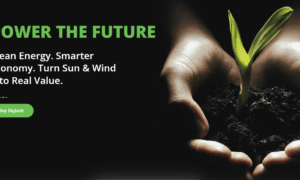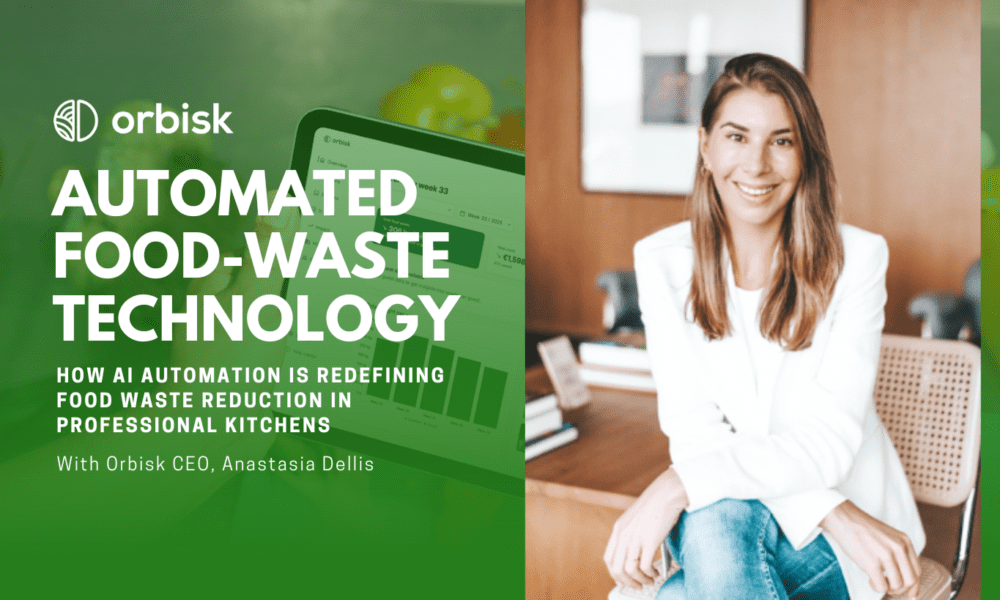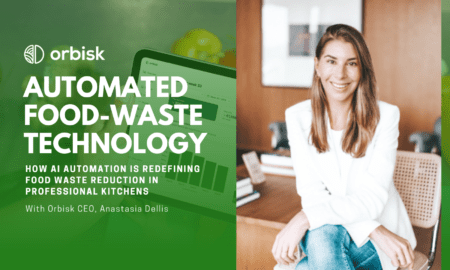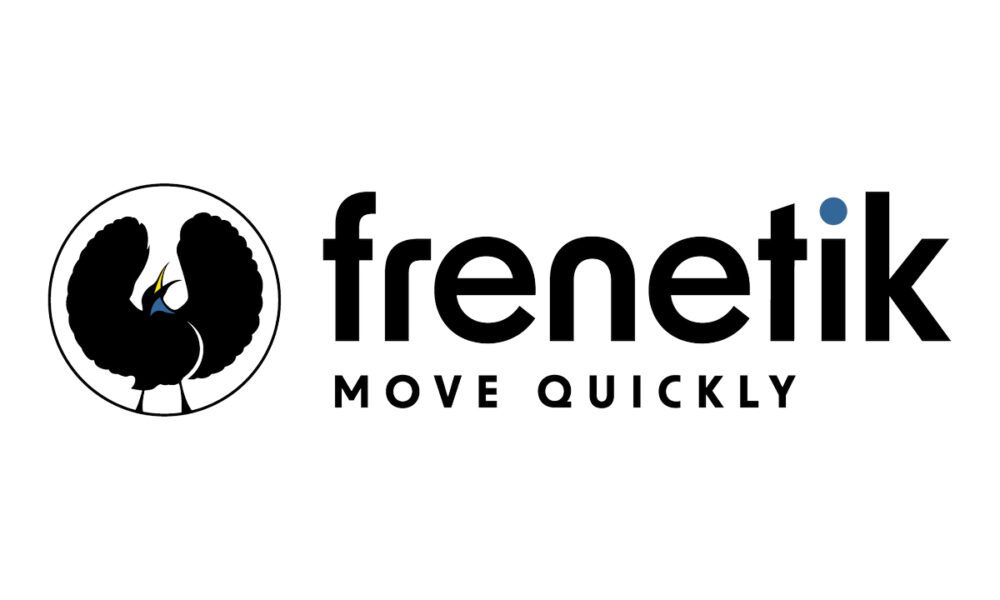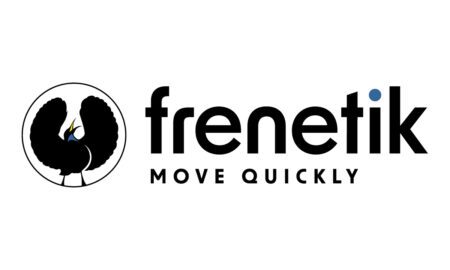Sustainability in every stage is now the aim, strategy, and pursuit in the manufacturing industry. Regulators, investors, communities, and end-users are all asking to sustain across the entire value chain responsibly.
LEAD cares about sustainability. Last year, this battery manufacturing equipment manufacturer made a series of efforts to improve their supply chain sustainable, meet the environmental goals of society, and lead the industry to move forward on green, sustainable manufacturing.

LEAD’s Sustainable Supply Chain Strategy
LEAD thinks a sustainable supply chain in their photovoltaic, automobile, batteries (such as prismatic battery cells) and other equipment manufacturing intertwines:
- Ethical evaluation encompasses supplier due diligence, codes of conduct, and certifications that uphold labor rights, fair wages, safe working conditions, and education.
- Environmental responsibility in supply chains is monitored by a clear ESG governance structure, the ESG Management Committee, chaired by the company’s Chairman, who holds ultimate responsibility for ESG strategy formulation, risk management, supply chain, and progress monitoring.
- Digitalization underpins modern sustainable supply chains by providing visibility, predictive insight, and control through advanced technologies for gaining the agility to adapt to market shifts, all while driving continuous sustainability improvements.
Social Sustainability
- Labor and Human Rights
LEAD prioritizes equal, safe, and decent work for all employees, regardless of gender, age, nationality, or race. The company adheres strictly to the principle of “equal pay for equal work,” ensuring fair compensation and comprehensive welfare benefits, including periodic health screenings and enhanced basic security systems.
To safeguard workplace well-being, LEAD’s manufacturing facilities are certified to ISO 45001—the international standard for occupational health and safety management—which provides a framework to systematically identify OH&S risks and reduce incidents through proactive controls and management commitment.
Employees are also equipped with personal protective equipment and access to first-aid facilities, reinforcing LEAD’s dedication to a zero-harm in their sustainable supply chain.
- Skills Improvement
Knowledge is infinite. LEAD invests in ongoing training and innovative safety practices. They conduct internal control and risk-management workshops to fine-tune LEAD governance systems, while specialized safety training programs foster a pervasive “safety first” culture on the shop floor.
For example, LEAD has deployed a Behavior-Based Safety (BBS) training program and a Safety Performance Evaluation system for decreasing workplace incidents by focusing attention on daily practices and providing real-time feedback.
Supplier Engagement
LEAD’s commitment to ethical performance in the supply chain extends seamlessly to its partners and suppliers, who promote fairness, integrity, and collaboration.
- Supplier Code of Conduct
LEAD requires every supplier to adhere to its “Supplier Sustainability Commitment,” which mandates full compliance with local laws, UN Global Compact principles, and industry best practices in labor rights, health & safety, environmental stewardship, and business ethics.
More importantly, to reinforce anti-corruption measures, LEAD implemented the “Code of Conduct for Integrity in Procurement Business” aligned with ISO 37001 anti-bribery standards. Suppliers must sign a “Supplier Anti-commercial Bribery Declaration” certifying zero tolerance for kickbacks, facilitation payments, or conflicts of interest. This framework establishes clear reporting channels and sanctions, promoting transparency and trust across the sustainable supply chain LEAD aims to build better.
-
Anti-Corruption
LEAD maintains a transparent procurement process for building a build a sustainable and corruption-free supply chain. They invite all qualified vendors to bid on contracts under clearly defined criteria such as price, quality, delivery timelines, and other aspects of the supply chain.
This accelerates the decision-making cycles while safeguarding impartiality on the market, ensuring that every supplier has an equal opportunity to win business based purely on merit. More importantly, LEAD reinforces trust, accountability, fairness, and a firm commitment to anti-corruption in the marketplace.
- Two-Way Training and Knowledge Sharing
LEAD conducts workshops and sessions to familiarize suppliers with the technical specifications, quality management tools, and sustainability benchmarks specific to the non-standard automation equipment industry. This move empowered vendors to meet LEAD’s exacting standards.
And in turn, LEAD actively collects process-innovation case studies from its suppliers—such as novel machining methods or optimized assembly fixtures—and incorporates these insights into its internal R&D and production processes.
This bilateral knowledge flow accelerates upgrades within LEAD’s operations and reinforces a collaborative, sustainable supply chain where both parties co-create value and drive continuous improvement.
Environmental Sustainability
Environmental considerations are another cornerstone of LEAD’s sustainable supply chain strategy. By integrating responsible mineral sourcing, eco-friendly production, renewable energy adoption, and clearly defined carbon neutrality goals, LEAD is building a supply chain that not only supports ethics in operation but also contributes actively to global environmental protection.

- Responsible Mineral Scouring
LEAD recognizes the environmental and ethical implications of mineral sourcing, particularly for critical materials such as tin, tantalum, tungsten, gold, and cobalt—commonly referred to as “3TG” minerals. These materials are often linked to conflict zones and exploitative mining practices.
As mentioned above, to address this, LEAD requires its suppliers to disclose the origin of their minerals and ensure that all sourcing complies with international frameworks. Suppliers are encouraged—and in high-risk cases, mandated—to obtain certifications to verify ethical sourcing. This action proves that they are dedicated to matching the words with deeds, promoting responsible upstream manufacturing practices.
- Eco-Friendly Production
Guided by “clean production and green development,” LEAD has implemented a robust Environmental Management Policy anchored in scientific governance and measurable targets. This policy encompasses several kinds of pollution control, waste reduction, and compliance across every phase of the production lifecycle.
| Wanna know the statistics about LEAD’s contributions to eco-friendly production? Please read the LEAD’s ESG Report:
https://www.leadintelligent.com/en/wp-content/uploads/2025/04/2024-Environmental-Social-and-Governance-ESG-Report.pdf |
- Renewable Energy Utilization
In pursuit of carbon neutrality and low-carbon operations, LEAD is strategically transforming its energy mix by increasing the share of renewable energy in its global facilities.
- In Germany, LEAD’s Naila factory has utilized the green power supply, making it a benchmark for international green manufacturing within the company.
- In China, 3 major production bases located in Xinwu District, Wuxi, are constructing rooftop distributed photovoltaic (PV) systems. These installations are supported by an intelligent energy management platform, which enables fine-tuned control and optimization of energy consumption. Upon completion, all electricity generated by these systems will be fully consumed on-site, ensuring direct emission reductions.
- Product Carbon Footprint
In line with internationally recognized standards, ISO 14067:2018 – Greenhouse Gases: Carbon Footprint of Products and PAS 2050:2011 – Specification for the Assessment of the Life Cycle Greenhouse Gas Emissions of Goods and Services, LEAD has completed comprehensive carbon footprint accounting for three of its core products under the cradle-to-gate system boundary.
Among these, the Li-ion battery cell electrode cutting and stacking machine and the dual-layer coating machine have successfully obtained ISO 14067 product carbon footprint certification. This certification validates not only the accuracy of LEAD’s greenhouse gas quantification but also its commitment to transparency, sustainability, and the reduction of environmental impact across the supply chain.
By embedding carbon footprint management into product development and manufacturing, LEAD demonstrates its dedication to supporting customers, partners, and industries in advancing toward a low-carbon future.
- Carbon Neutrality Goals
To solidify its environmental commitment, LEAD has set clear and ambitious decarbonization targets:
- Carbon Peaking: Achieve peak carbon emissions in core operations by the end of 2030
- Carbon Neutrality: Reach full carbon neutrality in core operations by the end of 2035
- Value Chain Emissions: Continuously reduce emissions throughout the supply chain, influencing suppliers and logistics partners
- Transparency: Provide regular updates and disclosures to track progress and hold all internal and external stakeholders accountable
These goals are not just declarations—they are supported by actionable strategies such as renewable energy integration, material lifecycle assessments, and supplier engagement programs.
Conclusion
As the global manufacturing landscape pivots toward greater environmental and social accountability, LEAD has made great efforts to build a truly sustainable supply chain. Through ethical governance, rigorous supplier standards, environmental innovation, and long-term carbon neutrality goals, LEAD demonstrates that operational excellence and sustainability are not mutually exclusive—but mutually reinforcing.
In doing so, LEAD fulfills its leading role as a responsible manufacturer among the intelligent equipment sectors. And this is how LEAD leads responsibly—by example, by innovation, and by unwavering commitment to a sustainable supply chain and a sustainable future.



















